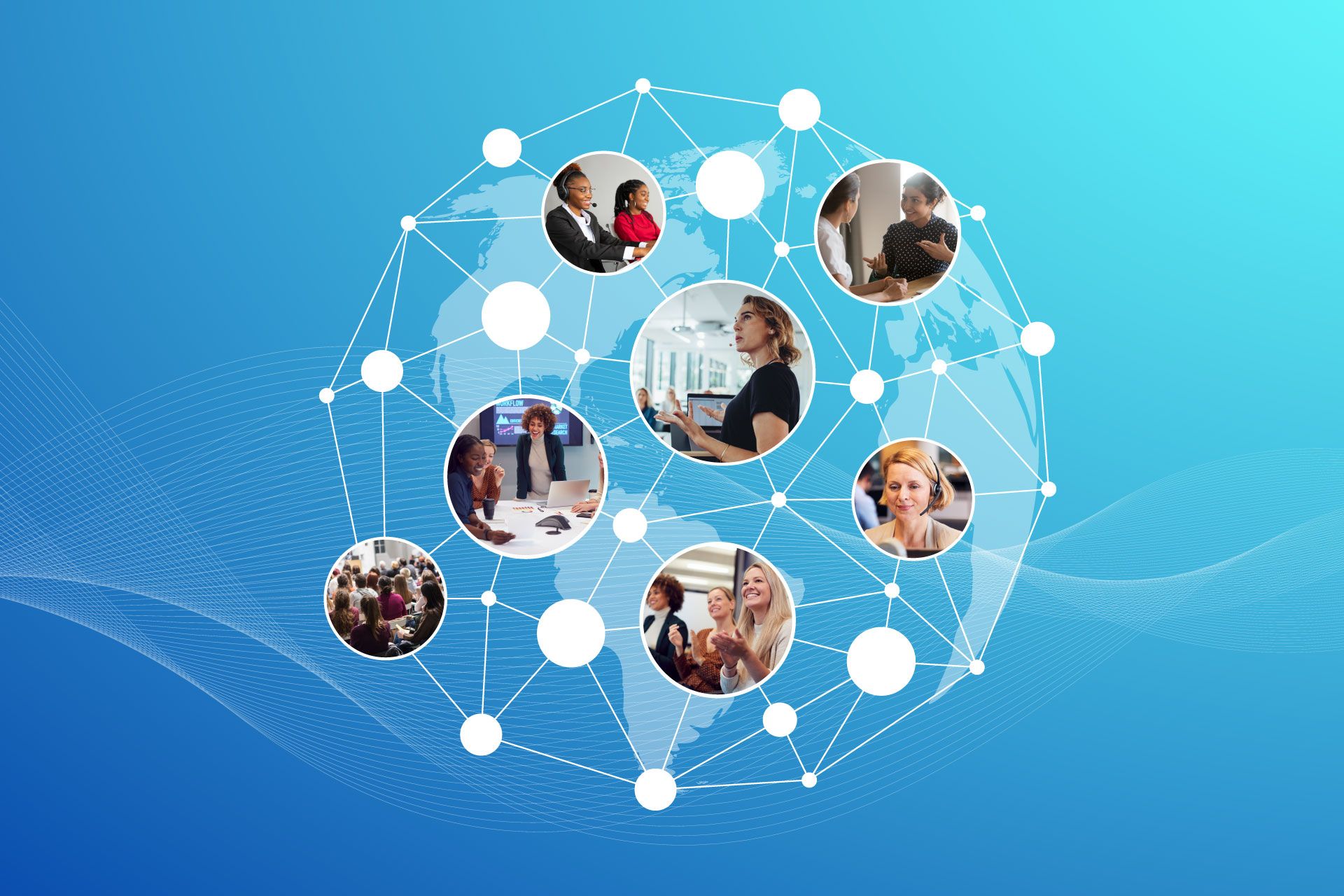
Advancing collective action on gender equity in radiocommunications
By ITU News
While science and technology fields, particularly electrical engineering and computer science, remain heavily male-dominated, the International Telecommunication Union (ITU) actively promotes the principles of inclusivity and gender equality in all aspects of its work.
The ITU Radiocommunication Assembly (RA-23) on 15 November adopted a new resolution on gender equality, aiming to keep strengthening, accelerating and scaling up the active involvement of women in the work and activities of the ITU Radiocommunication Sector (ITU-R).
“This breakthrough resolution reflects the commitment of the ITU Radiocommunication Sector to gender equality and marks yet another significant step to enabling women’s active and meaningful participation in our work,” said ITU Secretary-General Doreen Bogdan-Martin.
The adoption of the gender resolution was called for by the 2019 World Radiocommunication Conference’s “Declaration on Promoting Gender Equality, Equity and Parity in the ITU Radiocommunication Sector.”
It is also the product of ITU Networks of Women – specifically NOW4WRC19 and NOW4WRC23 – that aimed to start building capacity early in the World Radiocommunication Conference (WRC) preparatory process, in order to encourage greater participation of women as delegates, chairs, vice-chairs, at the 2019 and 2023 conferences.
Their main objectives were:
- Improve the gender balance among delegates;
- Prepare women delegates for key roles in each WRC;
- Grow the capacity and contribution of the ITU women’s community;
- Develop an ITU-R gender resolution to guide the achievement of gender equality, equity and parity goals.
Women were – and still are – underrepresented across the global field of radiocommunications, a crucial aspect of modern technology and communication. ITU’s first women’s networks were inspired by the WE Lead leadership development programme.
Improved representation at WRC-23
Today, women are better represented in key conference functions for the sector than ever before.
Cessy Karina, Senior Radiocommunication Engineer in ITU’s Space Services Department, is secretary to WRC-23 Working Group 4B, addressing aeronautical and maritime communications matters.
“Our responsibilities span a wide range of spectrum challenges – from preparing for sub-orbital flights that will transport passengers to space, to the intricate matter of utilizing regular fixed-satellite service (FSS) transponders for unmanned aircraft system control and non-payload communications (UAS CNPC) links, the modernization of the Global Maritime Distress and Safety System (GMDSS), the introduction of e-navigation systems, and other maritime communication issues,” Karina explains.
“But it’s not just the agenda items making waves at this conference. It’s also the remarkable representation of women,” she adds.
Karina is also one of the coordinators of NOW4WRC23, the women’s network focused on the current conference.
“Across the conference, more than ever before, women are taking charge and steering pivotal groups,” she notes.
Fostering women’s leadership
The new resolution from RA-23 – acknowledging the importance of leadership roles in driving change – says all ITU policies, work programmes, information dissemination, publications, study groups, seminars, courses, assemblies, and conferences on radiocommunications should reflect the sector’s commitment to gender equality.
This strengthened endorsement of gender equality underscores the radiocommunication sector’s recognition of the importance of diverse perspectives and the immense benefits the sector will reap from the equal participation of women and men.
“The adoption of the resolution on gender equality resonates as a powerful signal of our unwavering commitment to inclusivity,” said Mario Maniewicz, Director of the ITU Radiocommunication Bureau. “The work of the Radiocommunication Sector can only be advanced most effectively through the active inclusion and participation of women from around the world.”
While the resolution is a step forward, it needs to be followed by concrete action. Maniewicz urged ITU’s member states, sector members, associates, academia, and other partners to collaborate actively to implement and sustain meaningful progress on gender equality.
See the timeline of women stepping up at ITU over the past 25 years.
The ITU-R resolution urges ITU member states, regional organizations, companies and organizations with ITU sector memberships to actively promote the inclusion of women in all aspects of ITU‑R activities. This includes increasing the women’s participation in regional and international meetings and conferences and nominating women to leadership roles.
Overcoming gender divides
The wide field of science, technology, engineering, and mathematics (STEM) could offer enormous opportunities for talented women.
“Addressing persistent gender divides in STEM requires concerted efforts by all to challenge stereotypes, promote inclusivity, and create supportive environments for women in the field,” says Joanne Wilson, Deputy to the Director of the ITU Radiocommunication Bureau and a consistent proponent of Networks of Women to break down gender barriers.
“Initiatives such as mentorship programs, diversity and inclusion policies, and educational outreach can help bridge the gender gap in STEM.”
Header image credit: ITU
